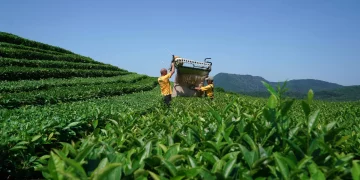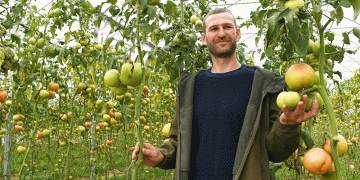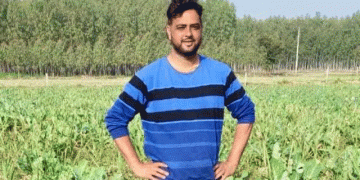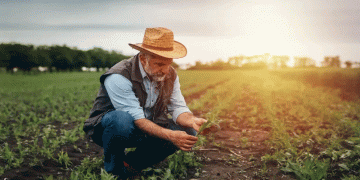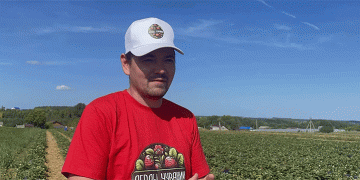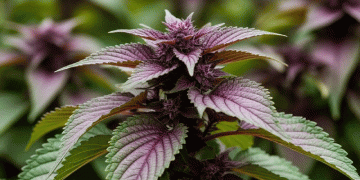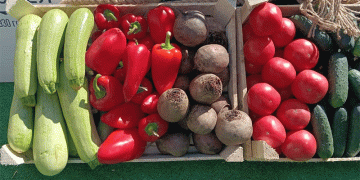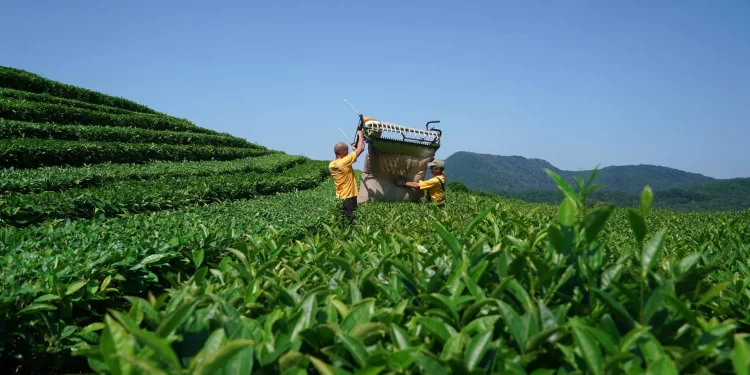Support from the state is an incentive and at the same time a guarantee to make the industry competitive, the minister said.
Tea plantations on an area of 1.7 thousand hectares have been restored in Georgia, for which the state has spent more than three million lari as part of a co-financing program for entrepreneurs, the Ministry of Agriculture of the country reports.
Tea production in Georgia has a long tradition, so the development of the industry is a government priority. Since 2016, the Georgian Tea project has been implemented in the country, which involves the revival of tea production. Within the framework of the program, each farmer can apply to the state and get decayed and overgrown tea plantations for rent at a symbolic price and receive 100% of the amount for their restoration.
“We offer financial support to farmers and entrepreneurs to increase tea production in Georgia as part of a preferential agricultural loan project,” said Otar Shamugia, head of the Ministry of Agriculture.
According to the minister, state support is an incentive and at the same time a guarantee to make the industry competitive, to turn Georgian tea into a sought-after product that will take its place on the international market among tea produced in New Zealand, China, Japan, India and other countries.
The head of the Ministry of Agriculture, together with the governor of the Guria region, Giorgi Urushadze, visited the tea processing plant of the pilot company “Lightur Tea” in the city of Ozurgeti, equipped according to modern standards, and got acquainted with the production process.
The experimental company “Lightur tea” made an investment of 500 thousand lari to create an enterprise. 155 thousand of them is a preferential agricultural loan.
In addition, as a beneficiary of the state program for the rehabilitation of tea plantations, the company received a grant in the amount of 52,000 lari to restore a 28-hectare plantation.
During the season, the company processes 65 tons of tea leaves. The products are sold both locally and internationally. The processing plant employs 10 people seasonally. This year, the company introduced the international food safety standard – HACCP.
As part of his visit to the Guria region, the minister also visited an experimentally planted tea plantation in the village of Kvemo Bakhvi, Ozurgeti municipality. Shamugia got acquainted with the process of transforming an oval-shaped tea plantation into a flat-shaped plantation on the plot of farmer David Teneishvili.
Georgian tea is exported to China>>
Teneishvili, who lives in the village of Kvemo Bakhvi, is one of the first tea farmers who created a 5-hectare tea plantation using the new technology.
Recently introduced by practicing Georgian tea growers, the modern technology of tea leaf production (flat-surface formation of a bush) has significantly improved the complex mechanized process of tea cultivation and, along with quality, increased the surface area for tea harvesting.
To support tea growing, with the support of the state, 42 loans were issued throughout Georgia in the amount of 8,555,127 lari, including 22 loans in the amount of 6,083,890 lari in the Guria region.
